When White Doves replace white supremacy
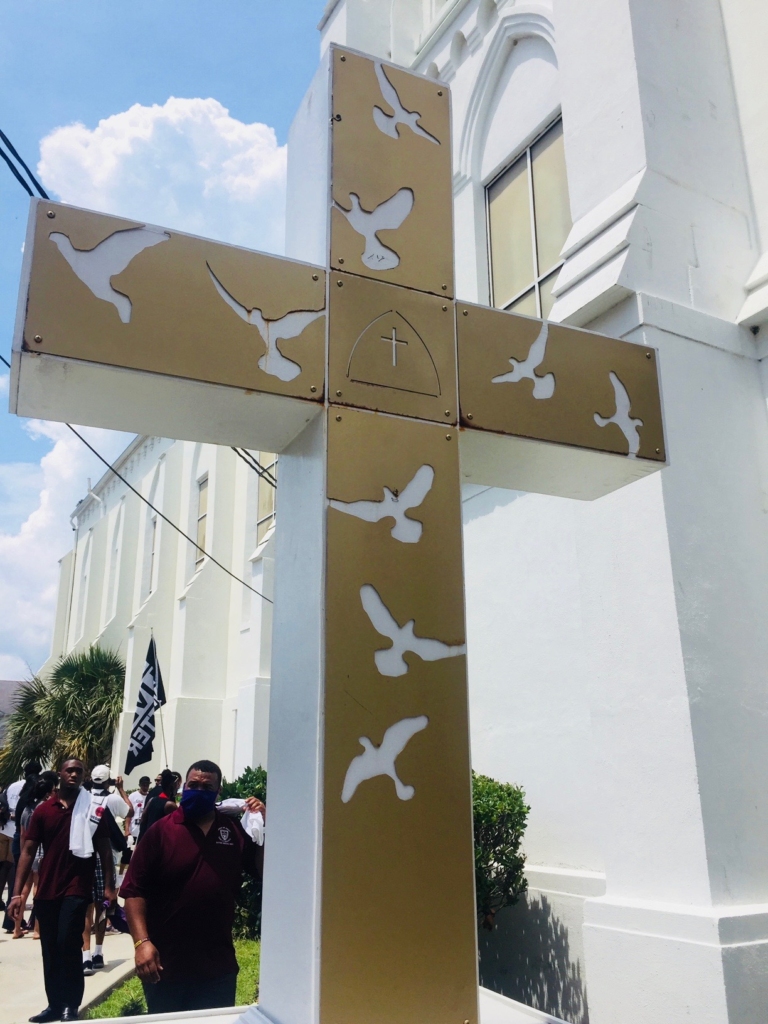
by Pringle Franklin
Here in Charleston, the white dove is often used to represent the nine people tragically murdered five years ago while attending Bible Study at an historic downtown black church. I hope Charleston’s city leaders will seize the chance to replace a symbol of white supremacy with the white wings of peace. Let’s erect a dove sculpture atop the lofty perch in Marion Square where Sen. John C. Calhoun’s statue has stood since 1887.
On June 23, City Council is expected to pass a motion to remove this towering tribute to Calhoun, one of Slavery’s most eloquent defenders. Their new willingness to remove Calhoun, once the vice president of the United States, flies in the face of the state’s Heritage Act, but the current racial unrest sweeping the nation means the controversial antebellum statue is attracting protestors. Last week, city leaders announced their intention, pending a vote, to move the likeness of Sen. Calhoun to a church or museum, but that same day, impatient young activists pelted the base with eggs and deployed spray-paint to express their anger. They demand nothing short of destruction.
No one likes pandering to vandals. And I stand strongly opposed to smearing the honor and images of our Founding Father and other outstanding leaders in a mad wave of censorship that seeks to demean and destroy those to whom we owe our very existence as the world’s greatest experiment in Democracy. Who among us is without sin? If one must be flawless to mount a pedestal, then we will soon be a nation without heroes and heroines, a country of finger-pointing millennial marchers intent on ripping apart the very fabric of our shared American culture.
Yet concessions must be granted in some quarters. It’s hard to support a statue that glorifies a public champion of slavery, one whose continued existence guarantees escalating reaction. Perhaps more of the city will be attacked and looted, as happened on King Street several weeks ago as violence rocked the country following the cruel death of George Floyd by the Minneapolis police. Mayor John Tecklenburg hopes to safely store the Calhoun statue until things cool off and a more appropriate venue can be found. In the meantime, I have made a formal proposal asking city leaders to consider the winged symbol of unity, peace, and hope. Down the road, they should create a Corridor of S.C. Antebellum and Civil War History to display the era’s relics and present them from a human rights perspective.
Usually I don’t wade into controversy. I avoid radical people, unless, of course, we’re talking about Jesus. But I suspect Him of leading me into this arena in spite of myself.
In August 2018, I didn’t like it when a mob tore down Silent Sam, a statue of a Confederate soldier on the grassy quad at my alma mater, the University of North Carolina at Chapel Hill. The hairs stood up on the back of my neck when I discovered that the same activist group was targeting the statue of Sen. Calhoun in the heart of downtown Charleston. I did not want anyone to get hurt. Plus, we had much bigger social issues to worry about.
To be completely honest, I didn’t know much about Sen. Calhoun, other than the basics: he was both an impressive national statesman from South Carolina and a seriously creepy guy in a Southern Gothic kind of way. But fighting over his statue didn’t seem worth fanning racial division and spawning more violence and destruction in our beautiful city; convicted murderer Dylan Roof, a white supremacist, had already trampled all of our hearts when he shot and killed Pastor Clementa Pinckney and eight precious members of the Mother Emanuel AME Church.
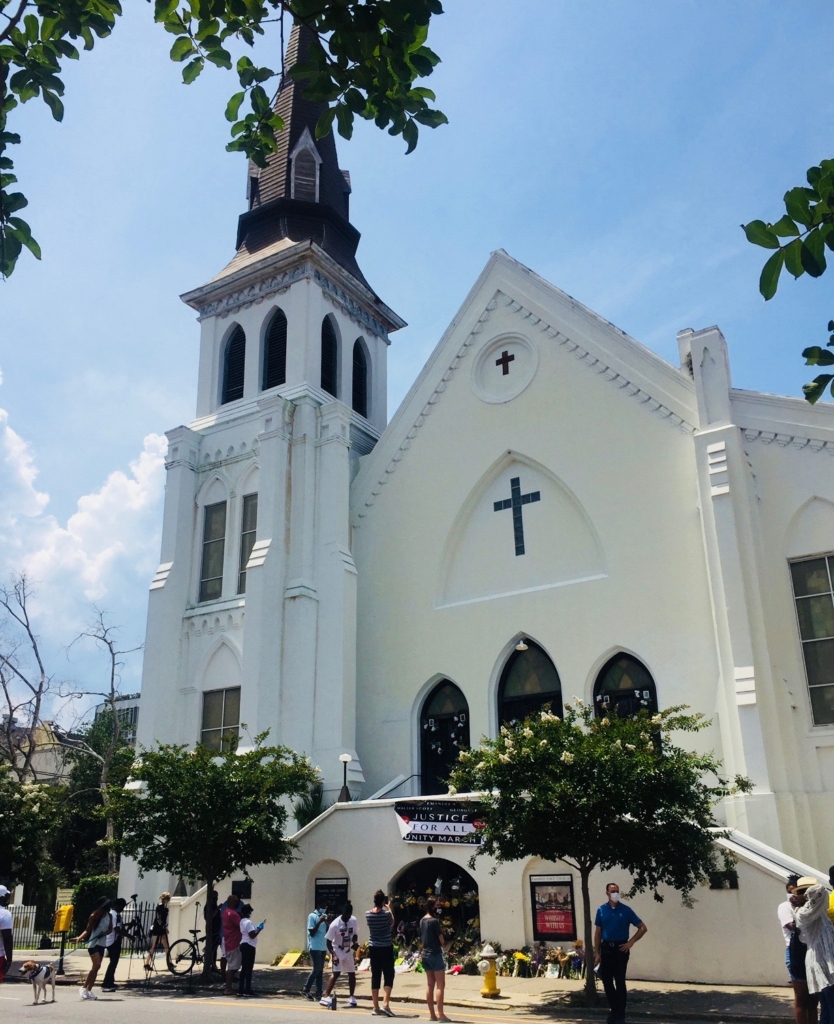
The community pulled together like a family following the tragedy. We rallied around slogans such as Charleston Strong and 1Charleston. Black fingers intertwined with white fingers as strangers held hands and marched together. Crowds chanted that love was stronger than hate. It helped that in Charleston, a majority of people regularly attend worship services; as a result of that living faith, blacks and whites enjoy cordial relations.
Yet racial tension, fueled by identity politics, was spreading in America’s cities and on its university campuses. When mobs use shaming chants on police and deface monuments with buckets of red paint, when they won’t go home until the statue lies smashed to pieces, traditional people take offense. And quick as that, a dusty old statue to the Forgotten Cause is suddenly remembered and rallied around. The devil dances a jig as tempers flare. Old wounds break open again on both sides. Fear leads to hate.
After Silent Sam fell, I smelled trouble coming the way a sailor smells gathering rain. In April 2019, I began to pray regularly, pleading with the Lord to protect our city. To protect our citizens, our businesses, our streets. And most especially, to protect the general feeling of goodwill here. For the most part, we are kind-hearted people. We see ourselves — and others — as God’s children.
Over the next 6 to 8 months, those prayers led me to reach out and have conversations with leaders in the black community; I read books about antebellum and Civil War times, many written by African American authors. (Toni Morrison’s Beloved still haunts me.) I began to broaden my point of view. I continued to sit before the Lord and contemplate the full meaning of having a statue of one of slavery’s best defenders towering above us.
When I considered how I would personally feel if I were a descendent of enslaved people, the answer was obvious. I would hate looking up at Calhoun. Then the Lord tenderly showed me this: by piercing the hearts of my black brothers and sisters, the Calhoun statue was also wounding Him. By grace, I saw the issue with new eyes and understood more clearly the pain and trauma that having a memorial lifted high as a church steeple could bring to the hearts of those who were still being put down by the pro-slavery sentiments it represented.
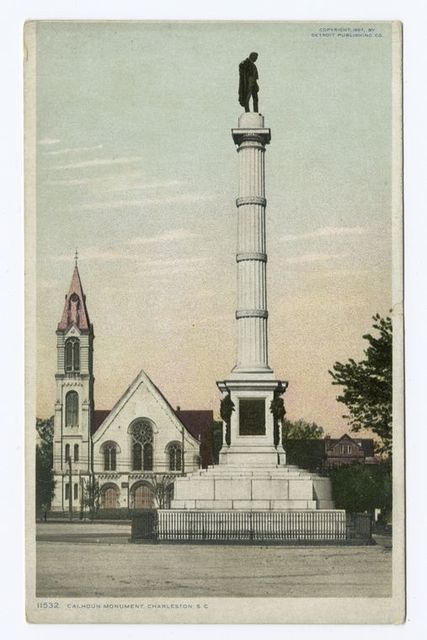
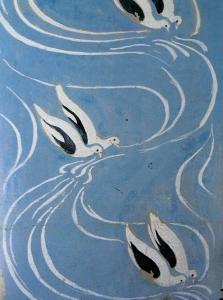
Once again, the white majority has been insensitive to the feelings of our black neighbors. This is not the standard memorial to the lost sons, husbands, and brothers of war, put up to comfort grieving families and communities after the brutal killing fields have turned their beautiful young men into carnage. No. When the Calhoun statue was erected in 1887 by a group of local ladies, the message was both nostalgic for the old Glory Days and intentionally intimidating. Blacks had only recently been freed, and they knew all too well the full meaning of the powerful cloaked figure. Stay in your place. I am watching you.
Throughout my many months of prayer, when no clear path forward presented itself, I clung to Zechariah 4:6 as my chant and guide. This Word summed up my purest hope of seeing the Calhoun statue removed peacefully and with brotherly love: “Not by might, nor by power, but by my Spirit, says the Lord Almighty.” In my prayers, I continue to envision a large circle of diverse people gathered in Marion Square, singing praise songs and rejoicing. Some never thought this day would come, yet in my mind’s eye, I can see it clearly. As God’s people look up to that tall column, once menacing, the peace dove hovers with uplifted wings.
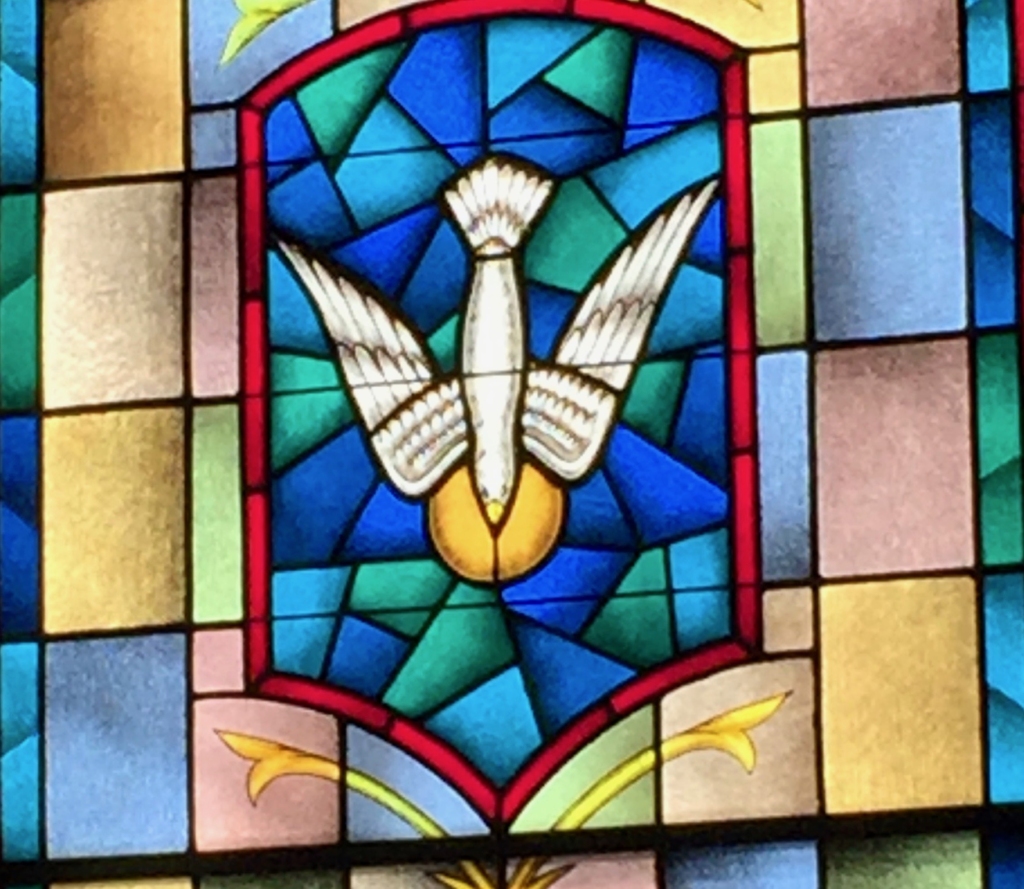
By the way, no one sings Zech. 4:6 better than Tasha Cobbs Leonard: https://www.youtube.com/watch?v=BZT8jqsc8lQ
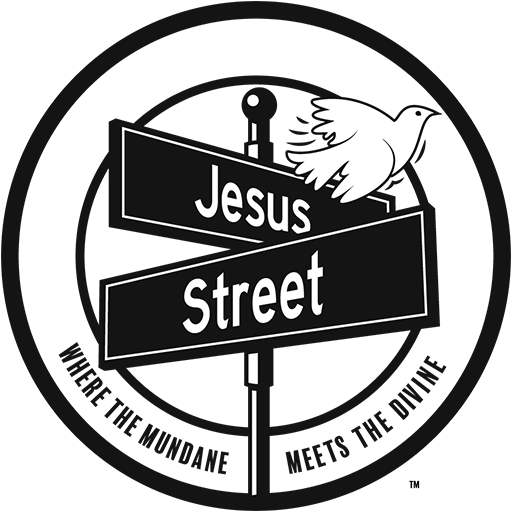
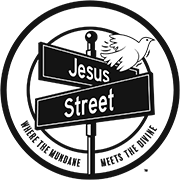
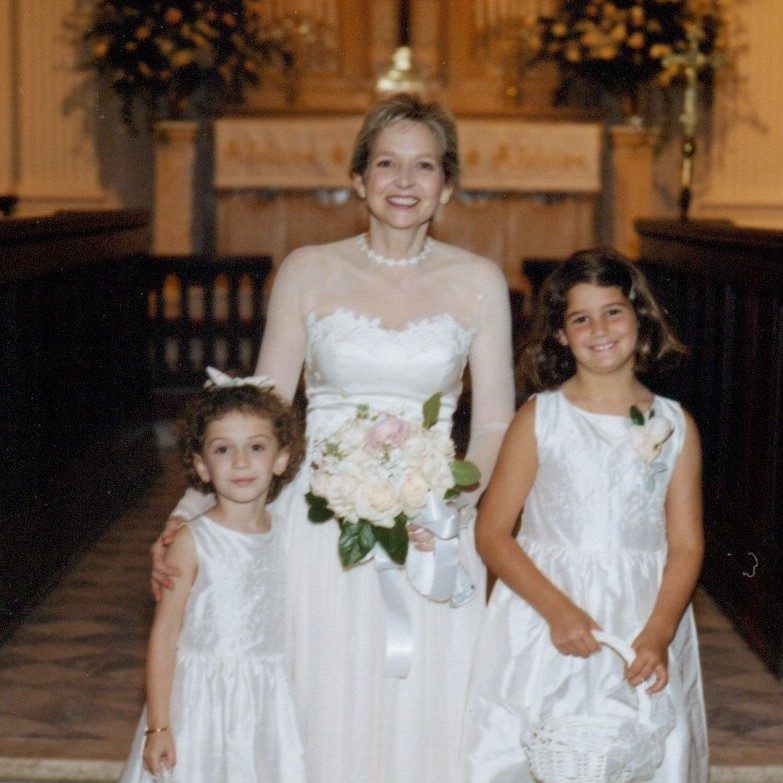
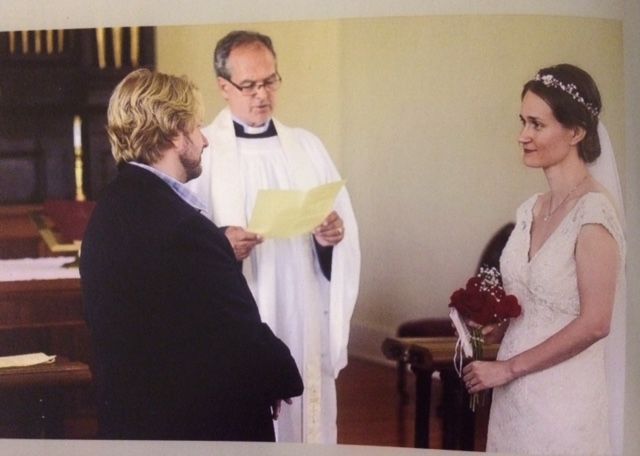

13 Comments
Pringle – thanks for your comments. To me, it is an abiding mystery why Charleston did not get burned down in the aftermath of Dylan Roof’s murders. The forbearance of the Black community is a Christian example for us all.
I think that W.J. Cash in the Mind of the South does a good job of explaining how racism in the South was embraced and nurtured. It is his theory that the dominant class was worried by the 1890s that the poor whites and Blacks would form a voting block. By encouraging racism the dominant class was able to get the poor whites to feel “superior” and to end any coalition. It is a sad story of gain and greed.
A book you might include in your readings is Fanny Kemble’s. She was an English actress who married a man from Philadelphia named Butler. Around 1850 they moved to his sea island plantation. She provides an unvarnished and unflattering account of slavery from the point of view of a white woman. Best regards, Ash
Ash,
Thank you for your recommendation. I will definitely read Ms. Kemble’s book. So appreciate your comments.
Beautifully presented. Well done. I agree the cross with doves would be a perfect symbol to replace Calhoun figure. Pray the mayor an leaders listened to you.
God Bless
Frenchie Richards
Thank you for your thoughtful message. I hope your vision comes to fruition!
As your article gives me peace, I hope that your idea will become a reality and help bring peace to our community
Pringle, thank you for your bravery and your willingness to speak out. I applaud you! Also, if you have not already done so, I urge you to read the letter to the editor in the P & C on June 19 by Donald Sparks regarding the creation of a reconciliation park to house statues related to the confederacy to preserve them as a method of teaching history and perspective. I think this is an excellent idea that I would love to see put into practice.
Thank you Pringle for your inspirational faith and vulnerability in offering such a clear and Godly vision for a path forward that both heals and unifies. May the Peace Dove soar! Amen
Pringle, Jesus has spoken through you in a beautiful, gentle and loving way. Please continue !!!!!
Beautiful, thoughtful, perspective. I miss seeing you.
Wise and loving perspective. I really LOVE the idea of doves atop the towering Calhoun statue base! If signatures or personal efforts are needed to make this happen, I’m in! 🙋♀️
Thanks Bryden! I will let you know if it looks like we need to launch a petition.
Amen!! Thank you! Prayers and Blessings,Pam
Thank you for your sensitive and sensible words. Should you ever consider running for office, I would vote for you!